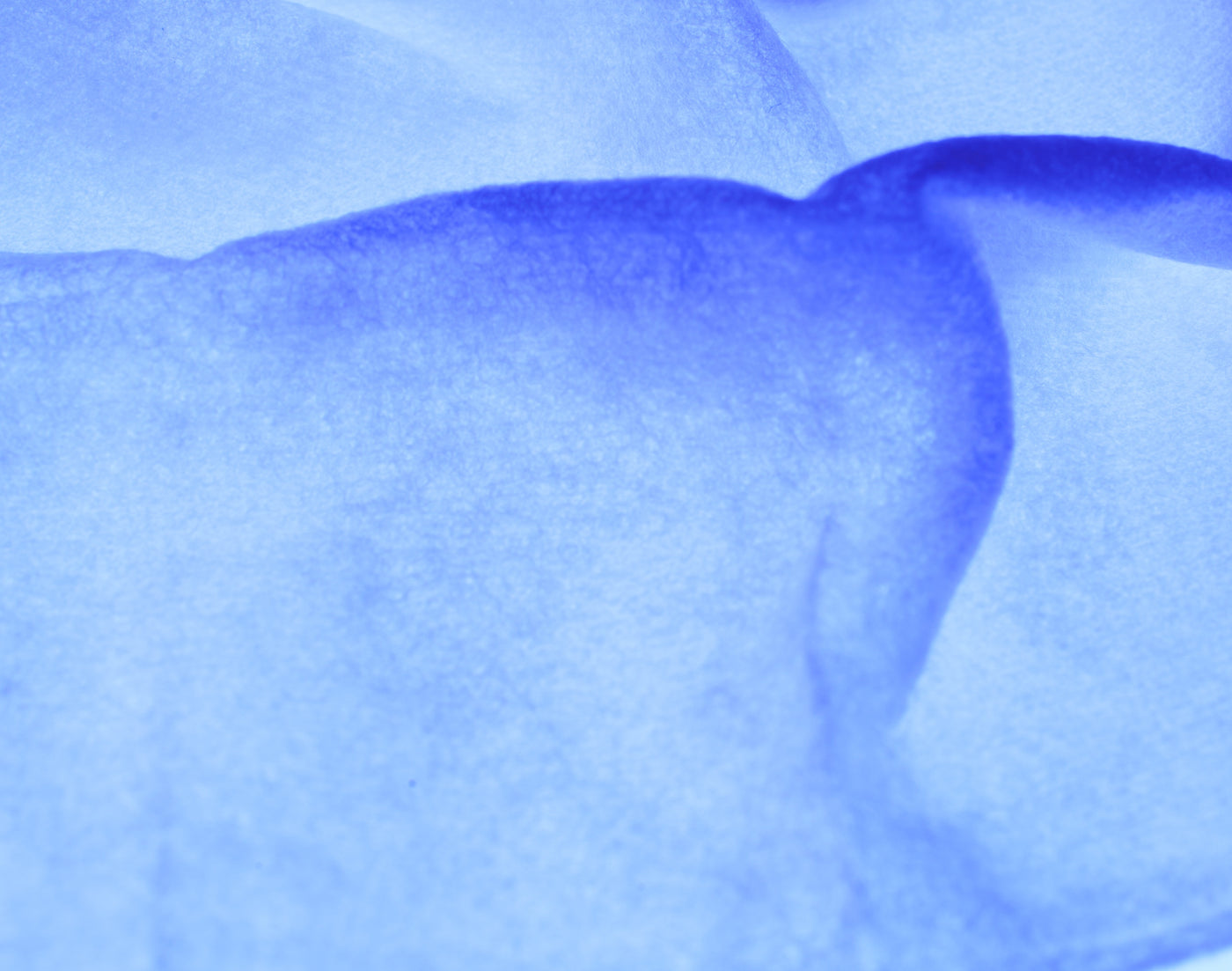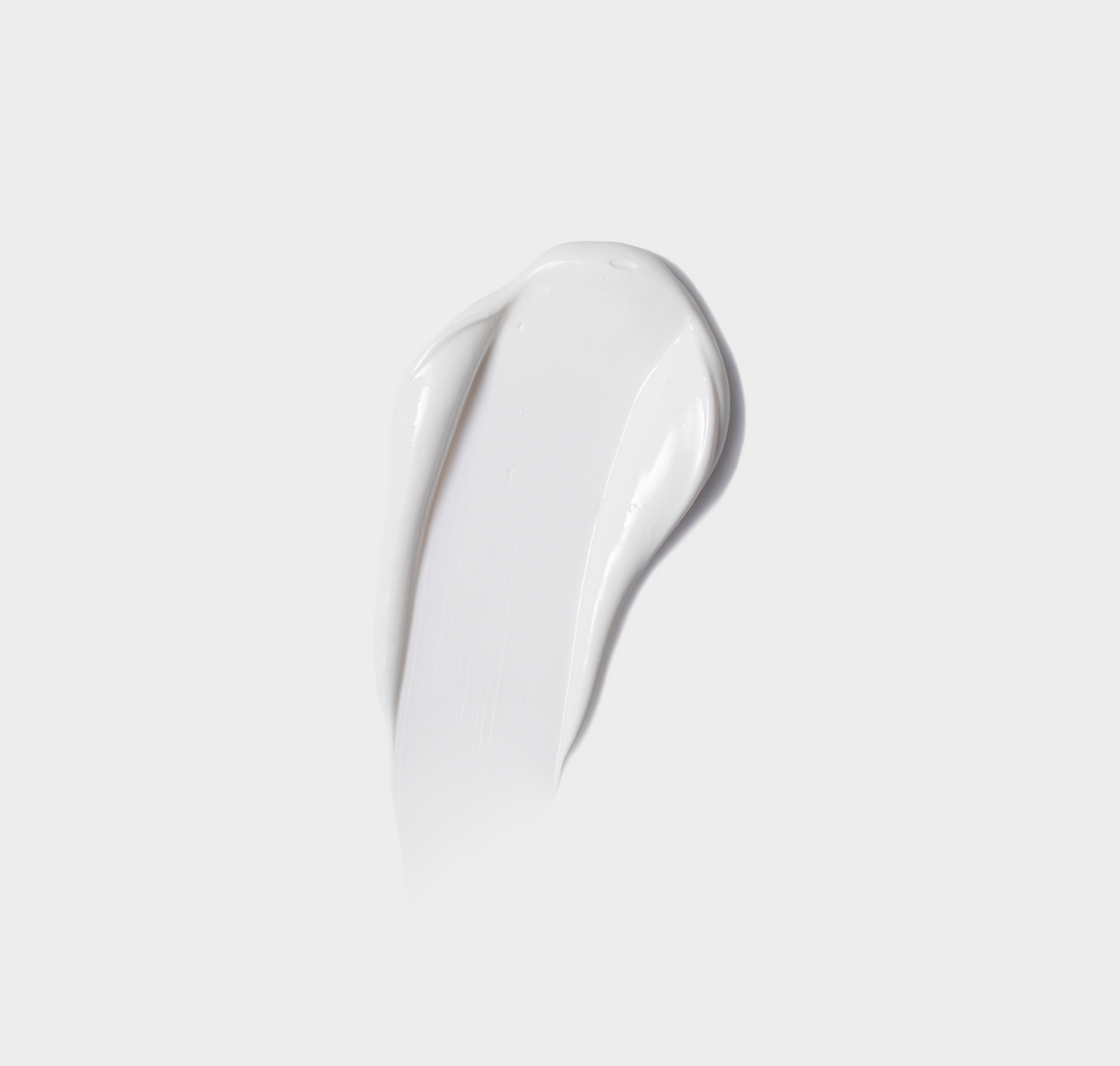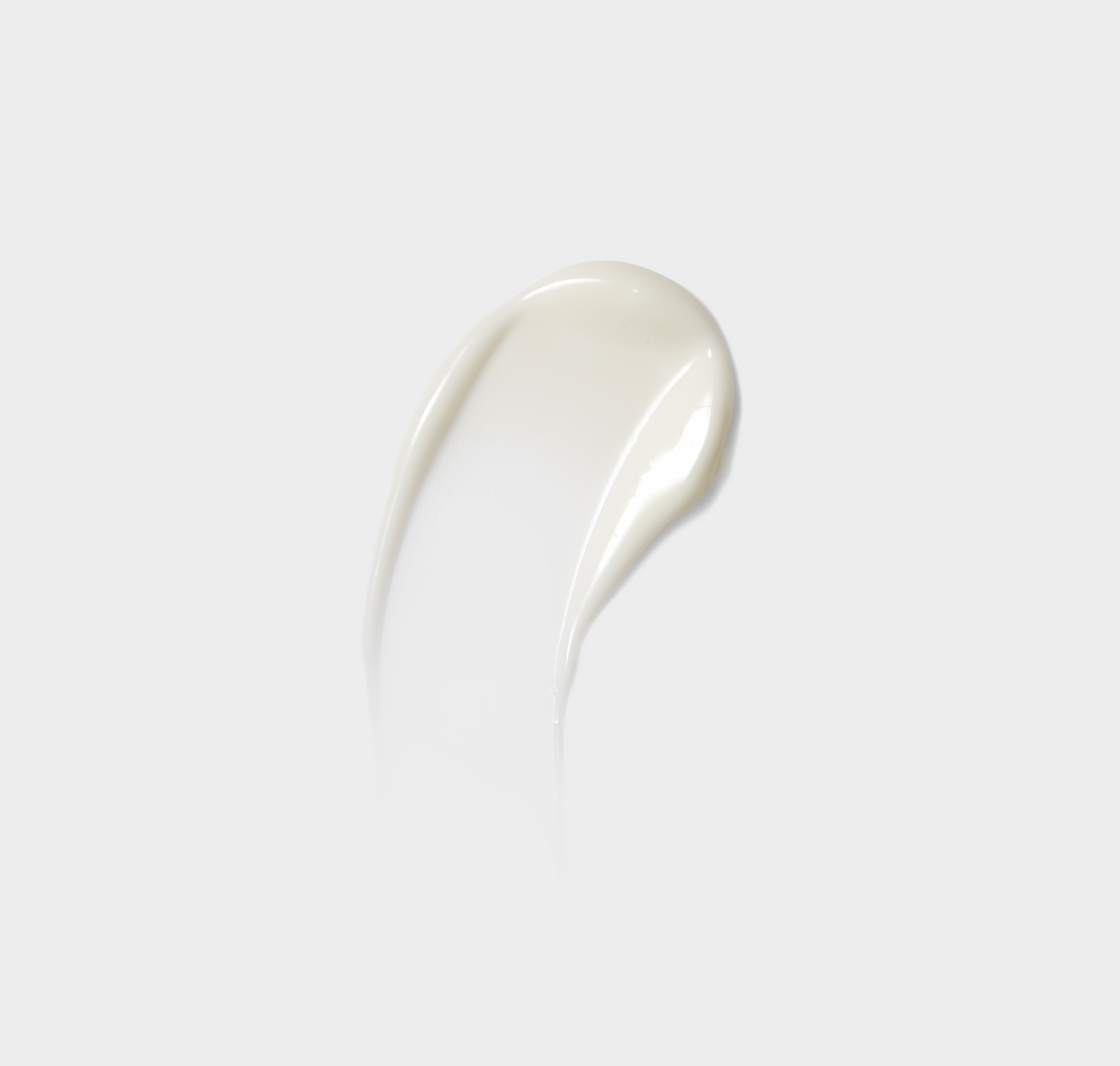-

 Award Winner
Award Winner
Cleansing Complex
Regular price $49.00Regular priceUnit price perCleanse
Cleansing Complex
RESURFACING, CLEARING, DEEP-CLEANSING
Regular price $49.00Regular priceUnit price per -

 Best Seller
Best SellerActive Serum
Regular price $148.00Regular priceUnit price perTreat
Active Serum
AGE-DEFYING, CLEARING, BRIGHTENING
Regular price $148.00Regular priceUnit price per -

 Best Seller
Best SellerPro-Heal Serum Advance+
Regular price $165.00Regular priceUnit price perTreat
Pro-Heal Serum Advance+
RESTORATIVE, REVITALIZING, POWERFUL ANTIOXIDANT BLEND
Regular price $165.00Regular priceUnit price per -

 Award Winner
Award WinnerHydra-Cool Serum
Regular price $103.00Regular priceUnit price perHydrate
Hydra-Cool Serum
HYDRATING, SOOTHING, CLEARING
Regular price $103.00Regular priceUnit price per -
Protect
Eclipse SPF 50+
ULTRA SHEER, BROAD SPECTRUM, SPF 50+
Regular price $52.00Regular priceUnit price per -
Cleanse
Warming Honey Cleanser
DEEP-CLEANSING, MOISTURIZING, SOOTHING
Regular price $49.00Regular priceUnit price per -

 Best Seller
Best SellerCleansing Complex Polish
Regular price $49.00Regular priceUnit price perCleanse
Cleansing Complex Polish
DEEP-CLEANSING, RESURFACING, SMOOTHING
Regular price $49.00Regular priceUnit price per -
Treat
Tri-Active Exfoliating Masque
AGE-DEFYING, RESURFACING, SMOOTHING
Regular price $99.00Regular priceUnit price per -

 Best Seller
Best SellerActive Peel System
Regular price $96.00Regular priceUnit price perTreat
Active Peel System
AGE-DEFYING, EXFOLIATING, REJUVENATING
Regular price $96.00Regular priceUnit price per -

 Award Winner
Award Winner

Retinol+ Emulsion 0.3
Regular price $110.00Regular priceUnit price perTreat
Retinol+ Emulsion 0.3
AGE-DEFYING, SMOOTHING, BRIGHTENING
Regular price $110.00Regular priceUnit price per -

 23% Savings
23% SavingsPure Clarity Collection
Regular price $199.00Regular priceUnit price per -

 29% Savings
29% SavingsThe Active Collection
Regular price $98.00Regular priceUnit price per -

 Best Seller
Best SellerExtreme Protect SPF 30
Regular price $84.00Regular priceUnit price perProtect
Extreme Protect SPF 30
HYDRATING, RESTORATIVE, UVA/UVB PROTECTION
Regular price $84.00Regular priceUnit price per -
Treat
Youth Intensive Crème
AGE-DEFYING, HYDRATING, FIRMING
Regular price $246.00Regular priceUnit price per -

 21% Savings
21% SavingsSmooth & Soothe
Regular price $156.00Regular priceUnit price per -

 20% Savings
20% SavingsWarm Up, Cool Down
Regular price $119.00Regular priceUnit price per
Menu
Search
- Choosing a selection results in a full page refresh.





































